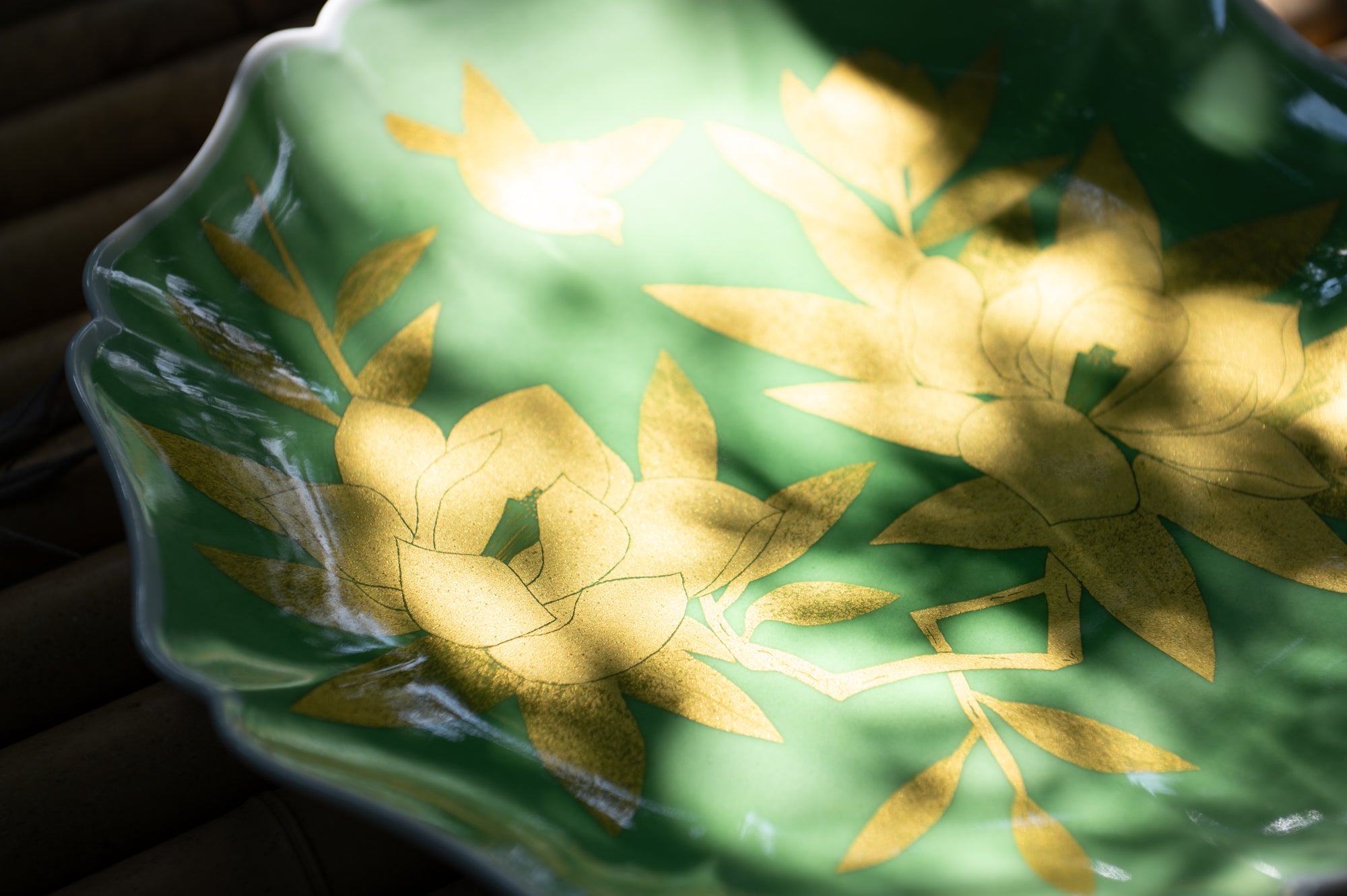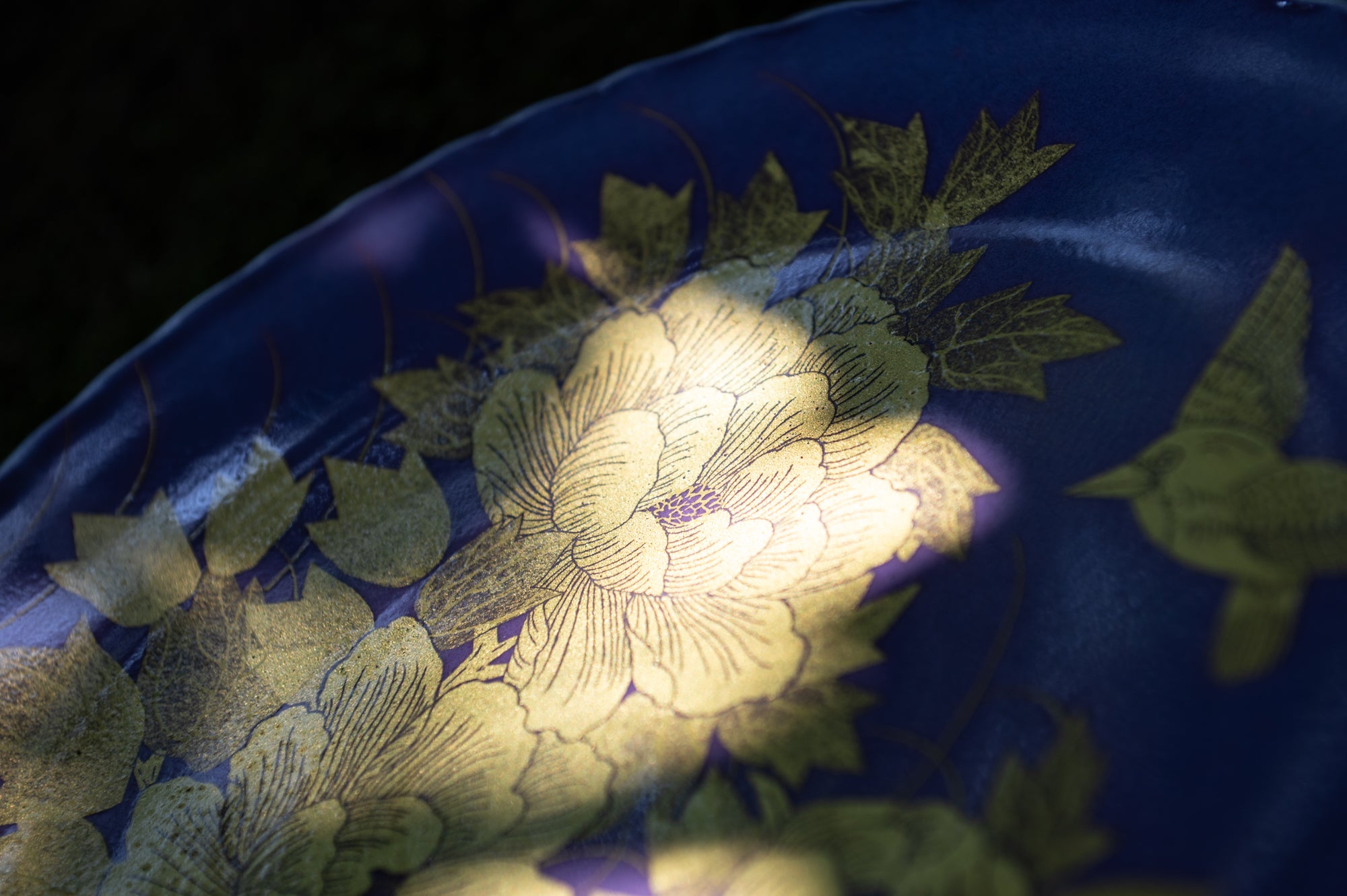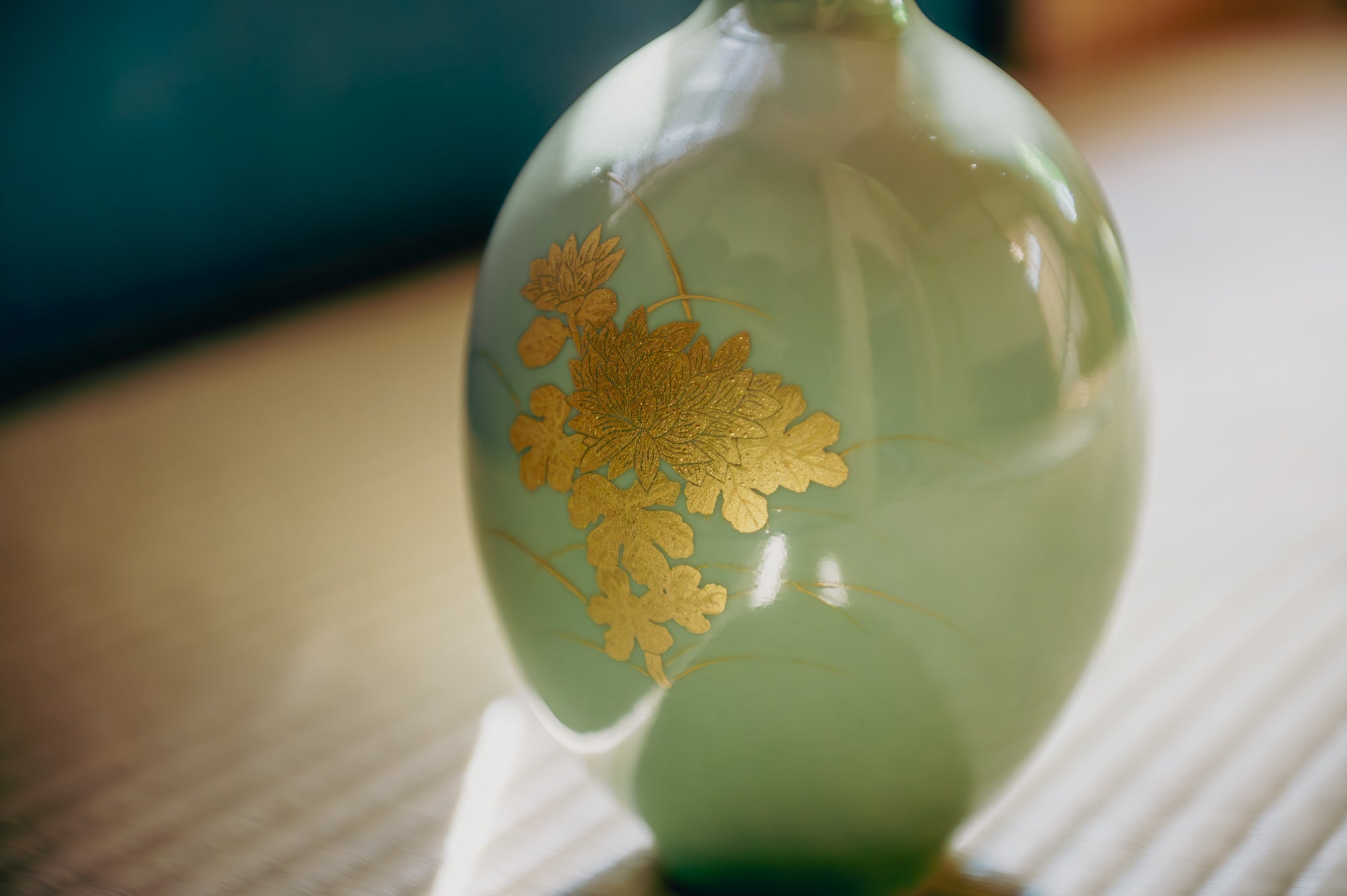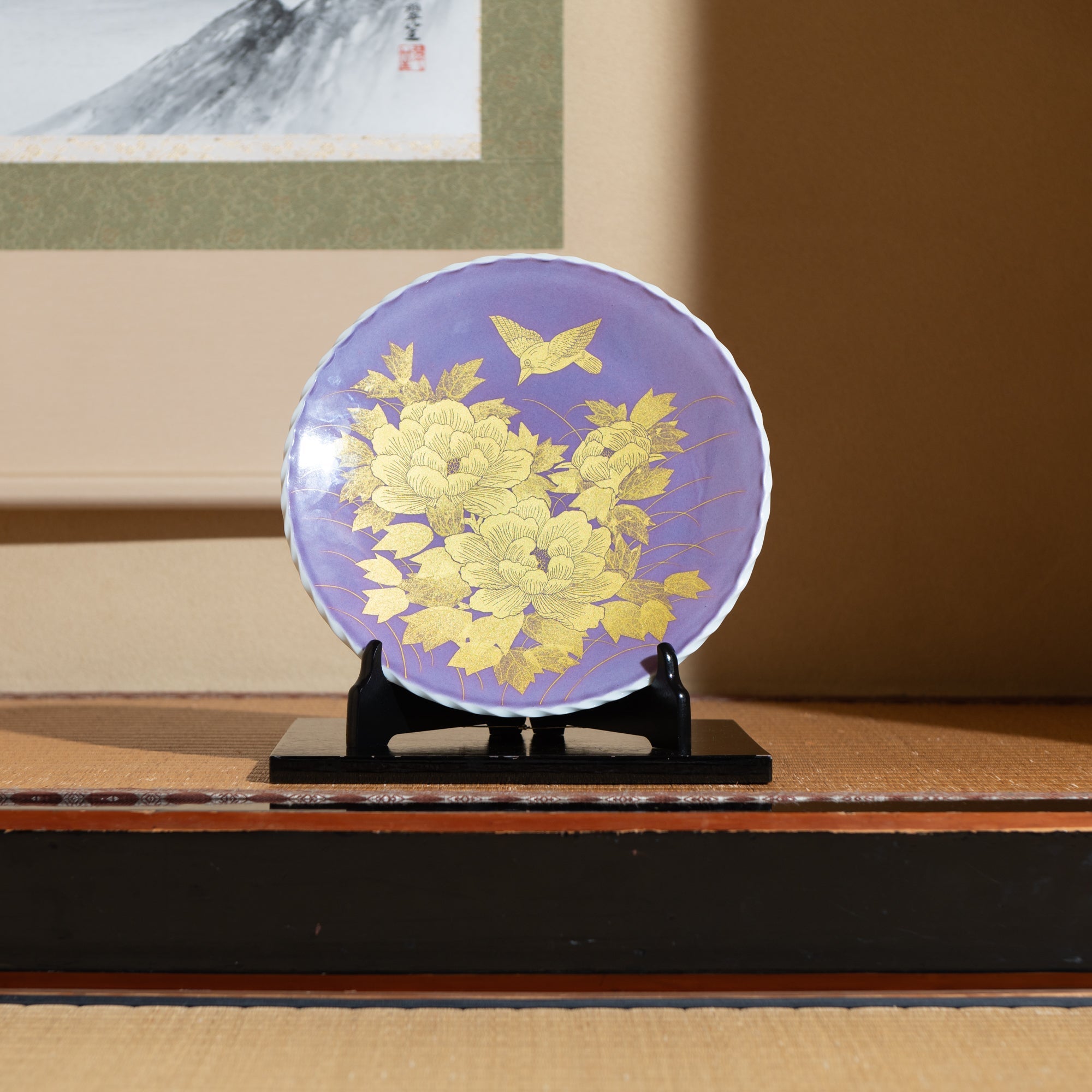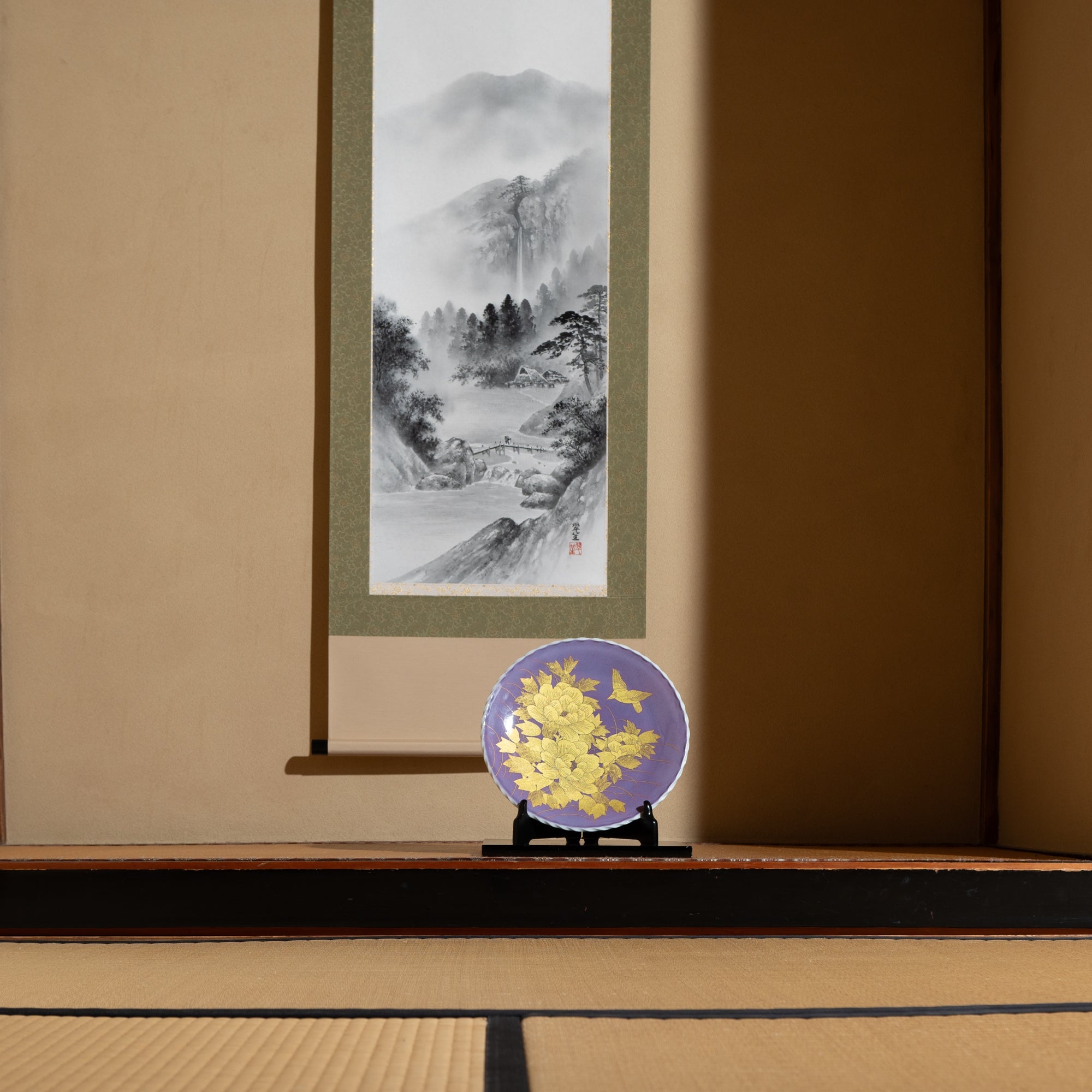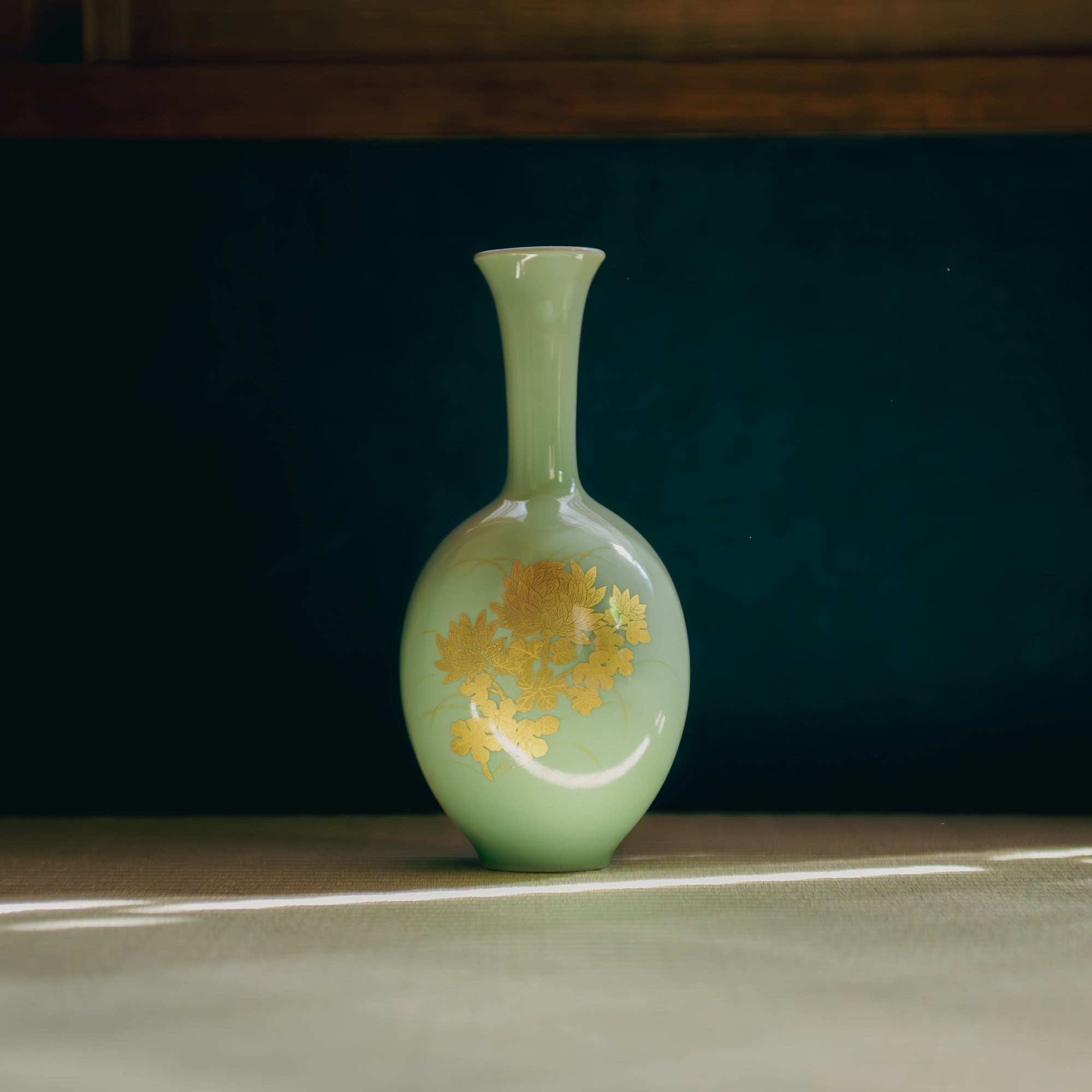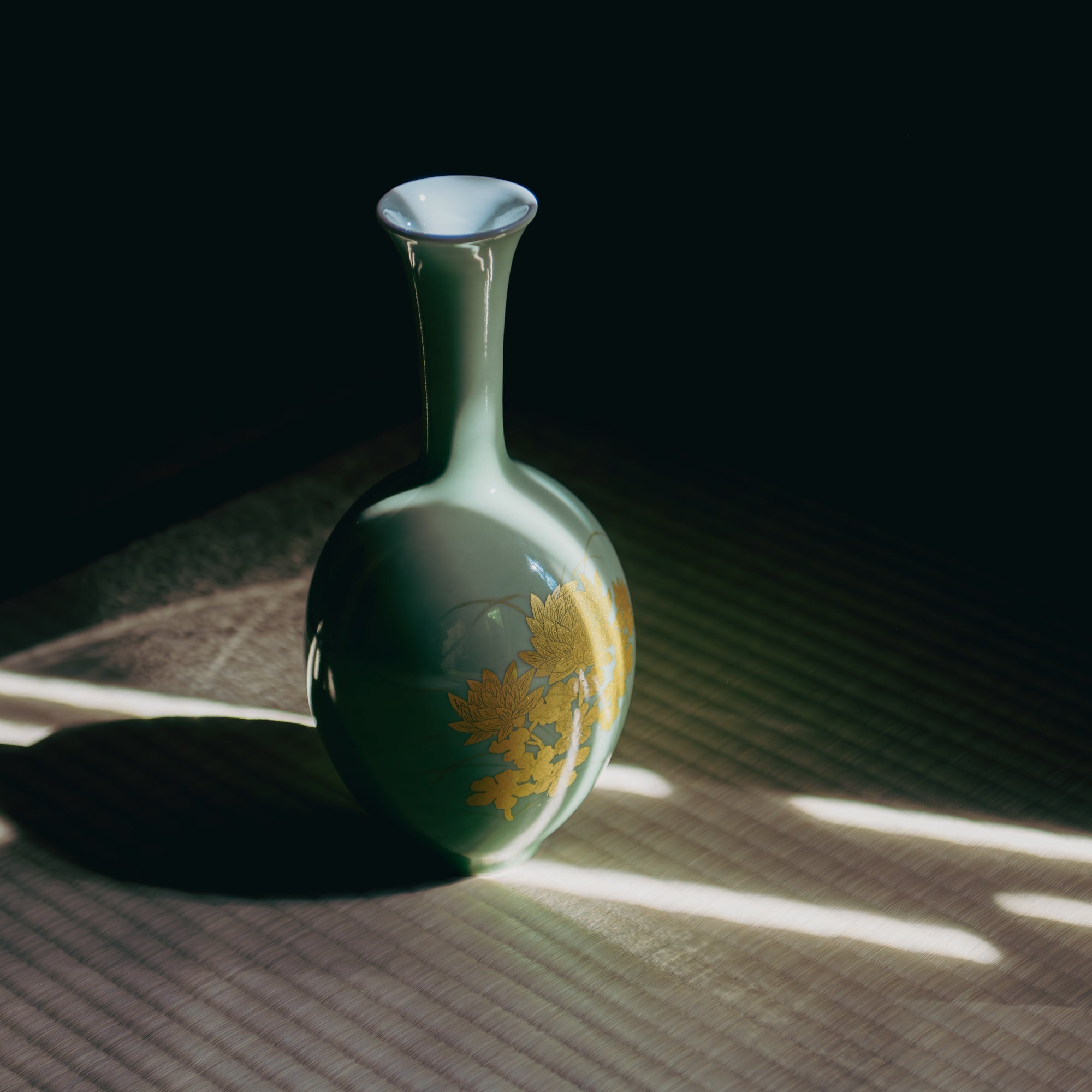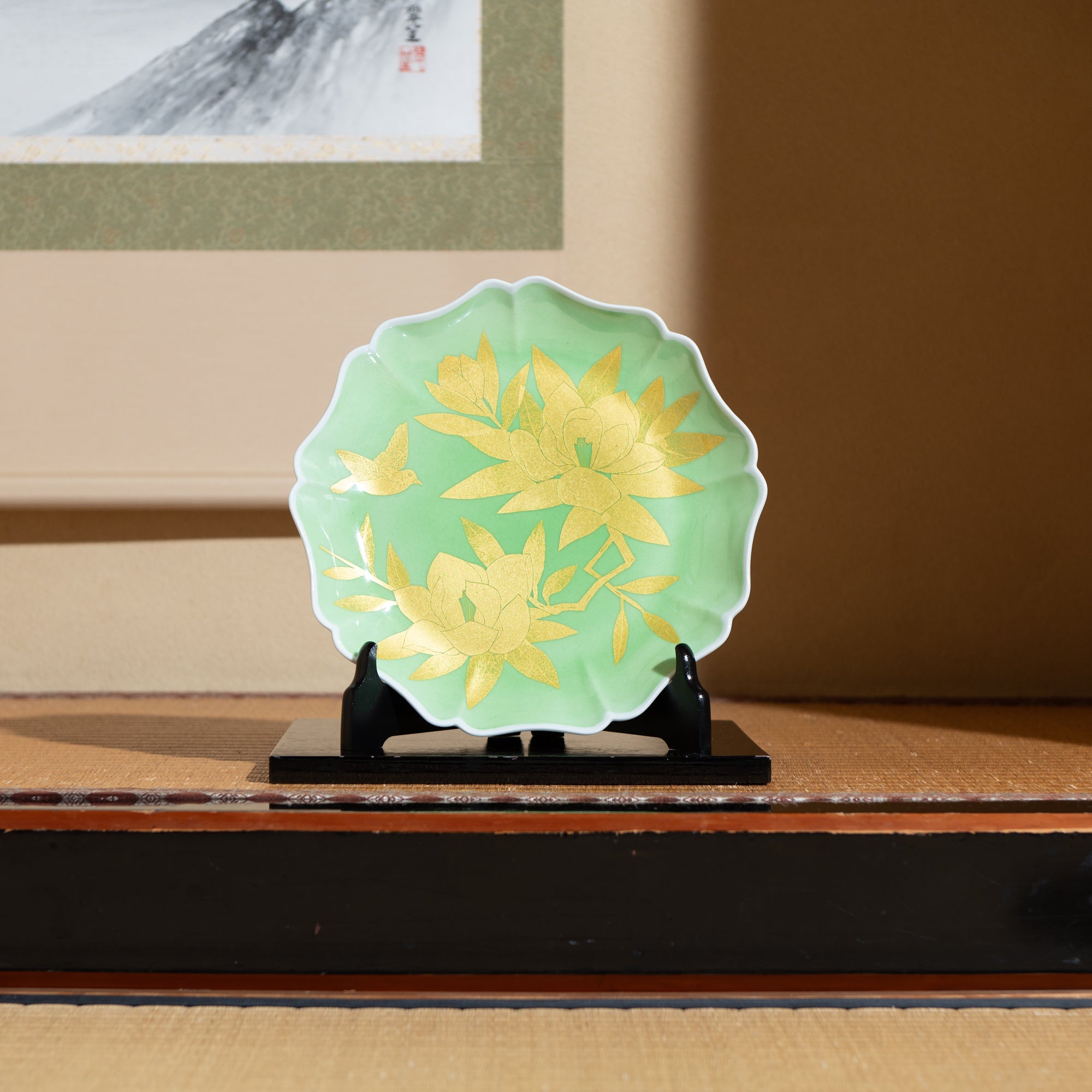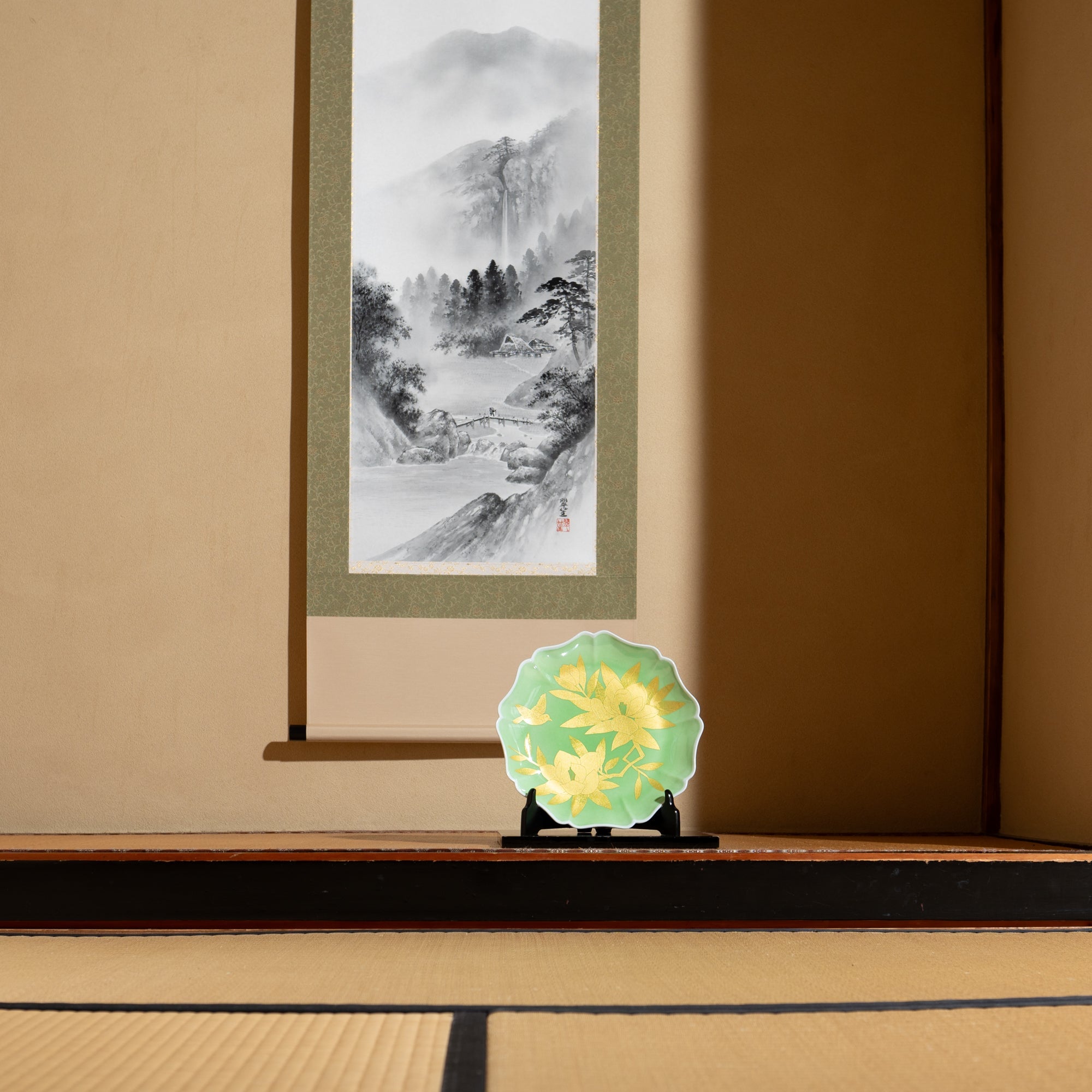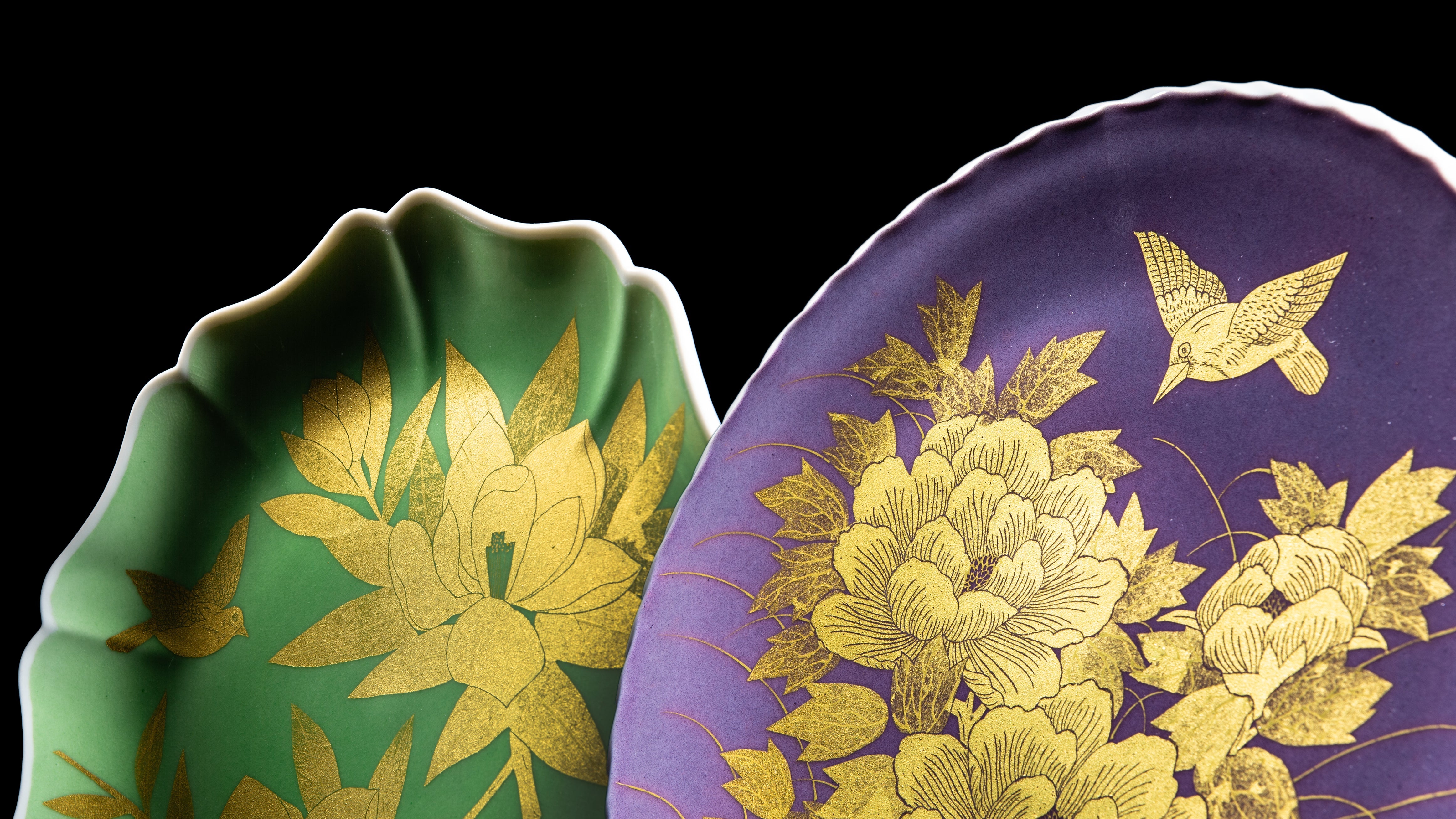
The Fantastical Realm of Porcelain Art
Yoshita Minori
Yoshita Minori's work is a continuation of a rich historical legacy, drawing inspiration from centuries of patronage and cultural renaissance. His porcelain craft technique represents the culmination of generations of craftsmanship. It is more than an ornament; it is an emblem of the aesthetic ideals cherished by the Japanese nobility, a celebration of yugen—embodying the timeless elegance and profound beauty of Japanese artisanship.
Rooted in the 270-year Prestigious History of Kaga Domain's Porcelain art
Yoshita Minori's creations deeply reflect the rich artistic heritage of Kanazawa, historically known as the province of Kaga. This region was once ruled by the House of Maeda for over 270 years and gaining further renown in the 19th century under the Marquis Maeda, who was a patron of the arts, including Noh theater and the renowned Japan Kutani porcelain ware.
Yoshita's work imparts the prestige of the aesthetics of classical Japanese beauty, a value cherished by the nobility throughout centuries. It embodies the ideal of yugen – the gracefulness and fantastical beauty of things – found in the subtle, meditative shine of delicate gold leaf and the elegant base underglaze. The restrained glamour and quiet elegance speak to the connoisseur's heart as a testament to this heritage of fine art.
This ideal is also highly valued in classical court poetry and the prestigious art of Noh theater. The luminous underglaze and golden motifs on Yoshita's plates resonate with the designs of elegant robes worn in Noh, adorned with similar motifs to those on the silk robes of dancers.
Yuri Kinsai, the Culmination of the Art of Underglaze Gold Leaf
Yoshita Minori has brought new dimensions to the art of yuri kinsai, or "underglaze gold leaf," by precisely cutting gold leaf into various traditional patterns and designs. His unique approach to underglaze gold leaf involves using motifs from nature, such as flowers and butterflies, a departure from the more traditional geometric patterns. The varying thicknesses of the gold leaf capture the nuanced tones and shades in the flower designs.
Yoshita employs thin needles and knives to etch delicate leaf veins and petal lines. The gold leaf is then coated with a transparent glaze, muting its inherent opulence to a subdued, elegant brilliance. This controlled glitter, quiet and contemplative, evokes a meditative mood, inviting viewers to a realm of serene reflection.
The Noble Allure of Auspicious Shades
The warm white base of the porcelain serves as a gentle backdrop for the exquisite underglaze. The base tone employs shades of elegant colors reminiscent of the royal robes worn by Chinese and Japanese aristocracy, such as violet and yellow-green. The centerpiece of the artwork is the gold leaf painting, an intricate craft involving meticulous placement of each leaf, stem, and petal.
Evolving through centuries-old techniques and aesthetics, this art represents the culmination of the Japanese pursuit of yugen - the fantastical and graceful beauty inherent in the culture of the Japanese nobility.
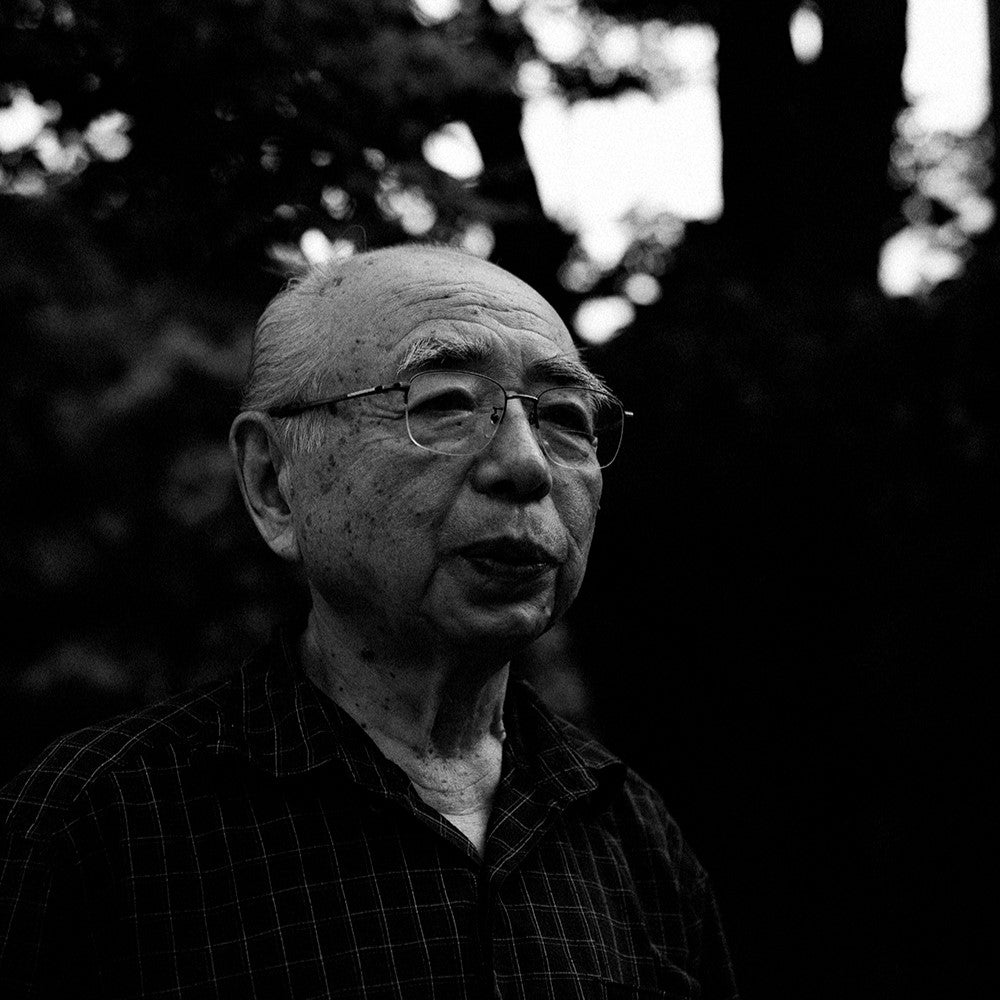
Biography
Yoshita Minori (吉田美統), whose first name in Chinese characters means "Beauty under Rule," is a revered figure in the realm of Japanese porcelain art and stands as a living embodiment of centuries-old traditions and artistic excellence. Born and nurtured in Kanazawa, a historic and culturally rich region once known as the land of Kaga, Yoshita's artistry resonates deeply with the heritage of this region, which was ruled by the House of Maeda, a prestigious noble family known as the patron of theater and fine arts.
His meticulous craftsmanship, evident in the delicate gold leaf work and the subtle yet profound use of color and texture, pays homage to yugen, the classical elegance of Japanese beauty, and the royal robes of Chinese and Japanese aristocracy.
In 2001, Yoshita was awarded the Medal with Purple Ribbon, and in 2006, he received the Order of the Rising Sun, Gold Rays with Rosette, from the Emperor of Japan.


